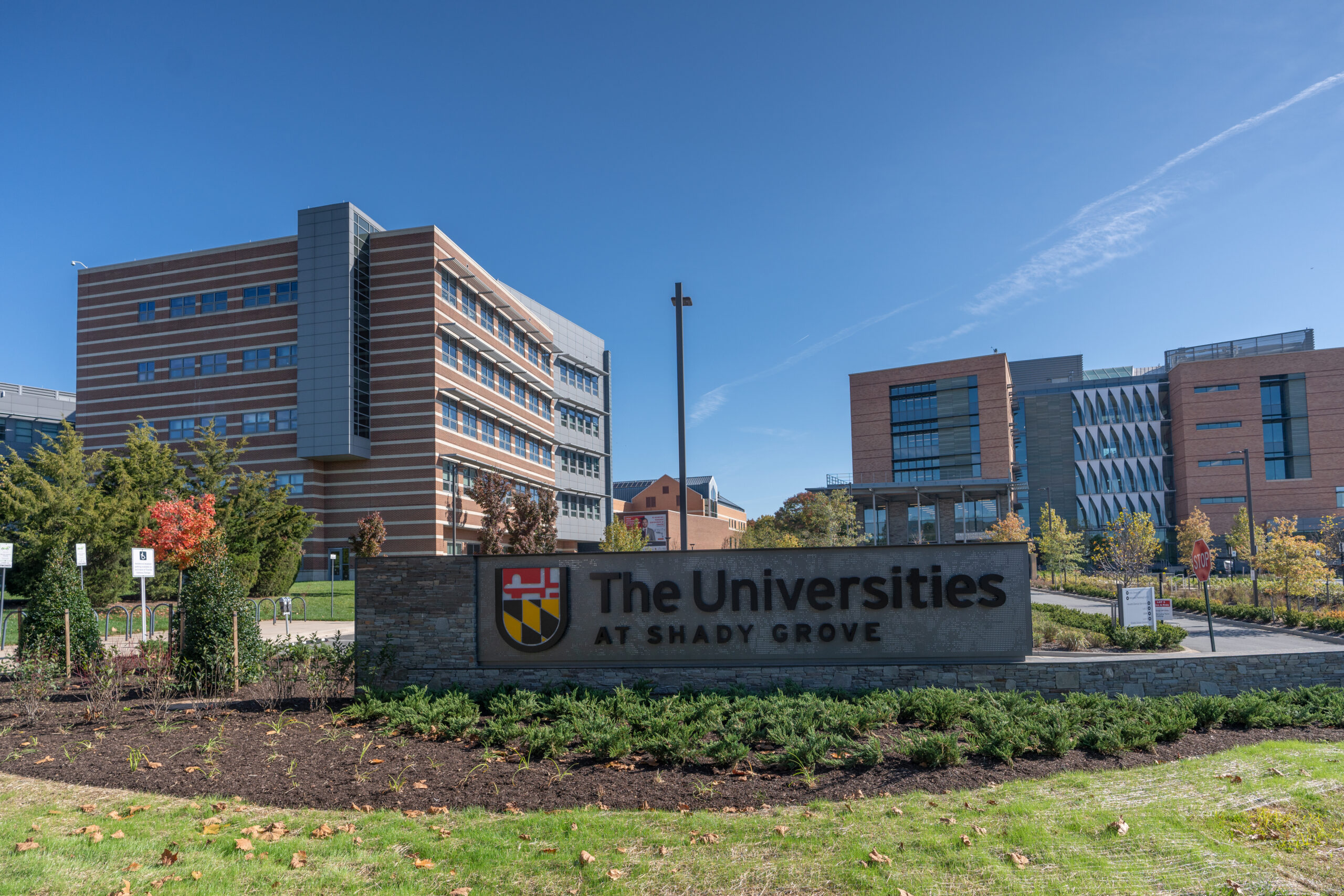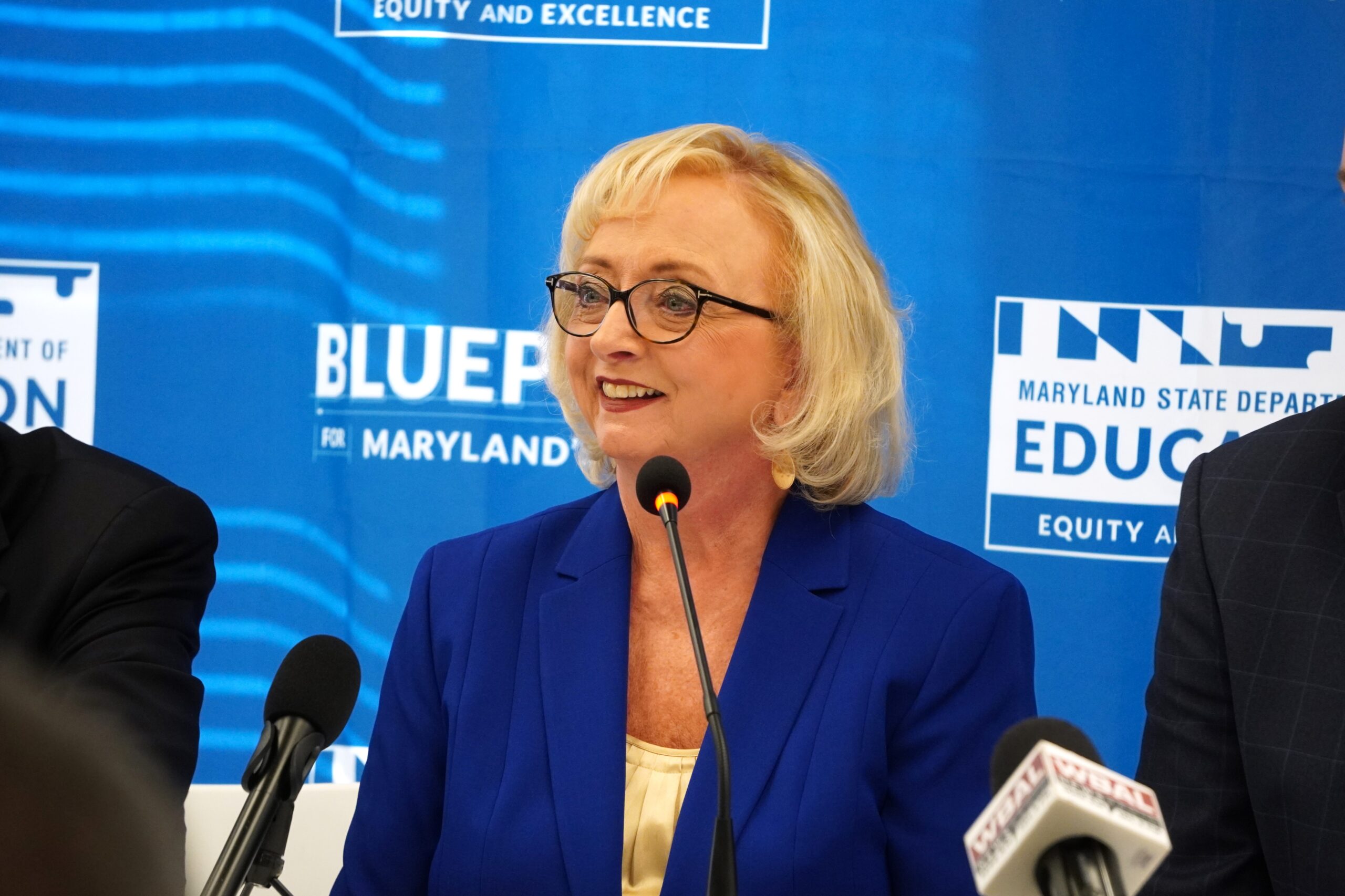
By Anne Khademian
The writer is executive director of the Universities at Shady Grove and associate vice chancellor for academic affairs at the University System of Maryland.
When Mélina Khansari moved from France to Maryland in 2017, she didn’t know any English but she spoke a common language: the desire to pursue a higher education degree that unlocks the potential for lifelong success. After learning English, graduating high school and earning her associate’s degree from Frederick Community College, she looked to transfer to an institution that prioritized her needs — such as the ability to balance work and school, and immediate connections to the business world.
As executive director of the Universities at Shady Grove (USG) — which, along with our nine University System of Maryland partners, provides accessible and affordable higher education opportunities to underserved students throughout Maryland — I’m proud that Mélina chose a University of Maryland engineering program at USG to pursue her dreams.
Today, Mélina is a biocomputational engineer and the CEO of an organization that creates advertising campaigns for companies — a business she co-founded with her sister (who graduated from a University of Maryland business program at USG) while pursuing her degree. She’s the type of person around which both higher education institutions and regional and state economies should be built.
To accomplish that goal, those institutions and economies must adapt to changing needs of employers and students of all backgrounds. Legislation pending before the Maryland General Assembly (Senate Bill 864 and House Bill 1020) would designate USG as the State of Maryland’s Regional Higher Education Community of Innovation. With Maryland making significant new investments in education via the Blueprint for Maryland’s Future, this legislation would help USG advance a key component of the Blueprint: ensuring, along with our university and employer partners, that more students have the education and skills necessary to thrive in key career sectors.
The precipitous decline in college enrollment in the United States over the past several years is the result of many factors. But one of the most critical is our country’s collective failure to meet students where they are in their lives. Three-quarters of higher education students today are “fluid,” meaning that the traditional four-year degree path simply does not work for them. Whether they are raising children or caring for family members, working one or more jobs, or paying their own way through school, these students need a higher education system that works for them.
Maryland should be proud of how well our system educates our children. One recent study ranks Maryland fourth in the country for educational attainment and fifth in education quality; 42% of our state’s residents have a bachelor’s degree, among the highest rates among states.
But there is considerable room for improvement. At $43,116, Maryland has the highest average student debt per borrower in the country. Moreover, 2.4 million individuals in Maryland have some college experience with no degree, a gap that affects our economic productivity. To better compete in the global economy, Maryland needs more workers who have higher education degrees.
USG is uniquely well-positioned to help accomplish that goal. Over the past two years, the General Assembly has invested an additional $10 million in USG. We have used these funds to develop innovative programs and practices to support student engagement and career readiness in life sciences, biotech, data, cyber, teaching, and healthcare. With the Community of Innovation designation and sustained additional funding, USG could scale up these programs and credentials that are linked directly to meaningful job opportunities.
At a recent committee hearing for SB 864, I was honored to testify alongside Anastasiya Golikova, a UMBC student in the Translational Life Science Technology program that is offered exclusively on our campus. This program was developed to meet the needs of industry in the region and the state. Alongside her studies, Anastasiya has connected with top biotechnology professionals in our region and across the globe. She will graduate this spring, and as she explained in her testimony: “My goal is to apply my scientific experience at one of the many cutting-edge biotech companies or research labs that are found all around our campus. I’m excited to say that that reality is just around the corner.”
We’re excited for Anastasiya, too. She and Mélina — and the 15,000 other students who have graduated from USM programs offered at the USG campus since 2004 — have unlimited potential. All they need is access to opportunities to unleash it.
That’s why the Community of Innovation is not just a designation; it is a promise we make to the next generation of leaders and the future prosperity of our state. With this legislation, this is a promise we intend to keep.




 Creative Commons Attribution
Creative Commons Attribution